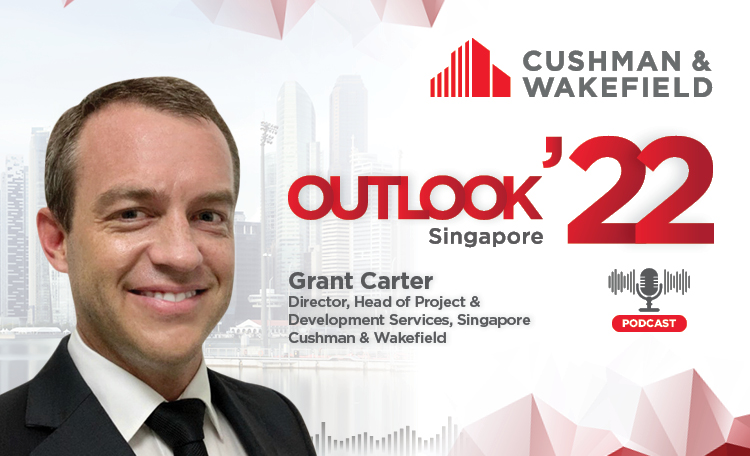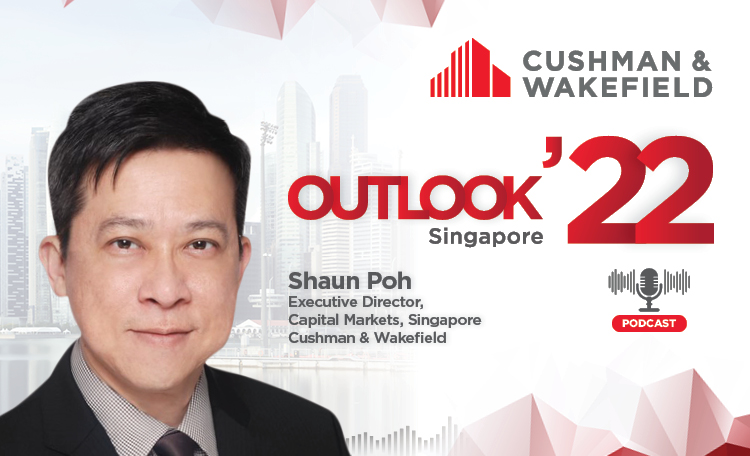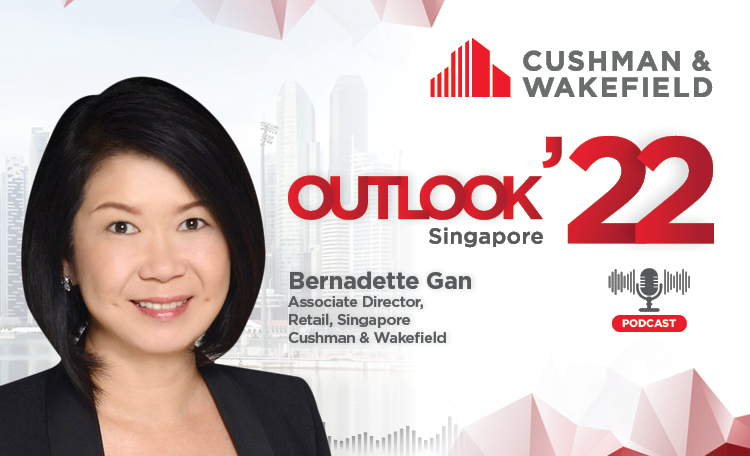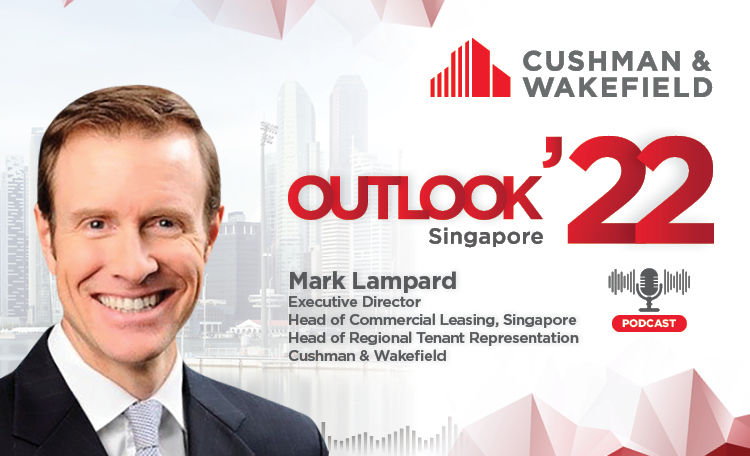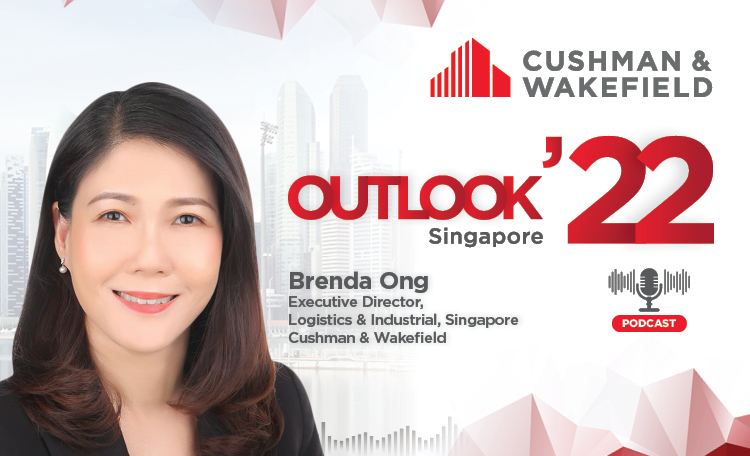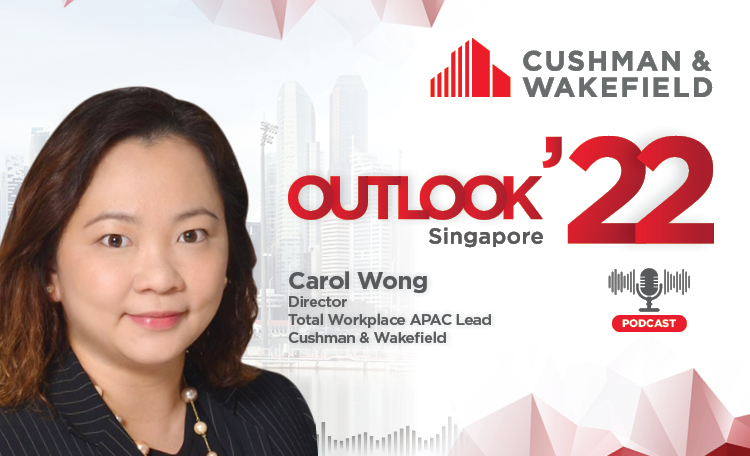Singapore’s overall industrial market remains healthy, with industrial rents and prices seeing moderate growth and relatively stable vacancy rates. Manufacturing sentiments have remained generally cautious, though there are indications of recovery. The Purchasing Managers’ Index rose to 50 in June and has returned to expansionary territory, following two consecutive quarters months of contraction. Despite current uncertainty, steady take-up rates have been observed at certain new developments, amid flight to quality.
Amidst moderate industrial rental growth, most industrial properties could still see positive rental reversions as their leases come up for renewal given the robust industrial rental growth in recent years.
Overall industrial rents rose by 0.7% qoq in Q2 2025, marking the 19th consecutive quarter of increase, extending from 0.5% qoq growth in Q1 2025. On one hand, new developments, which have seen steady asking rents due to higher construction costs, continued to support overall industrial rental growth. On the other hand, owners of older developments have become more flexible on rents, and are focusing on maintaining high occupancy rates
In H1 2025, overall industrial rents grew 1.3% ytd, lower than 2.7% ytd growth over the same corresponding period last year. A broad-based increase in rental growth was recorded across industrial segments. Business park registered the strongest rental growth of 1.2% qoq in Q2 2025, driven by newer and better-located stock, followed by multiple-user factory which grew 0.9% qoq. Both warehouse and single-user factory rents rose by a similar pace of 0.4% qoq respectively in Q2 2025.
Overall industrial vacancy rates rose slightly by 0.2% points to 11.2% in Q2 2025, following past four consecutive quarters of stable vacancy rates. Both business park and single-user factory recorded lower vacancy rates. On the other hand, warehouse vacancy rate rose to 11.2%, or the highest level since Q2 2020. Multiple-user factory also rose to 9.0% in Q2 2025. The higher vacancies for warehouse and multiple-user factory were driven by a surge in their respective supply in Q2 2025, which outweighed their respective net demand. A notable multiple-user factory completion in Q2 2025 was JTC Space @ Ang Mo Kio (1.3 million sq ft GFA), while major warehouse completions include 15 Benoi Sector (1.1 million sq ft GFA), Mapletree Joo Koon Logistics Hub (0.9 million sq ft GFA) and DSV Pearl (0.7 million sq ft GFA).
New multi-user prime logistics spaces have seen steady take-up rates despite current uncertainty, though prime logistics rents are stabilizing around current levels due to tenant resistance. Recently completed multi-user prime logistics projects have recorded healthy occupancies, such as 36 Tuas Road and Mapletree Joo Koon Logistics Hub.
Also, new business park developments in 2025 have seen encouraging take up and reflect a sustained flight to quality trend. Occupiers continue to seek premium and sustainable work spaces surrounded by amenities. Both Punggol Digital District (TOP in Q2 2025) and 1 Science Park Drive (TOP in Q1 2025), two new major business park developments in 2025, have observed healthy take-up rates. Business park remains characterised as a two-tier market, where newer, well-located and amenity-rich business park developments continue to see good demand while older business parks continue to face challenges.
In Q2 2025, overall industrial prices rose by 1.4% qoq, or the fifth consecutive quarter of increase, moderating from 1.5% qoq growth in Q1 2025. Overall industrial prices grew by 2.9% ytd in H1 2025, higher than 1.0% ytd growth in H1 2024.
Industrial volumes (based on caveats lodged) rose by 7.1% qoq to 435 transactions in Q2 2025, compared to the quarterly average in 2019 of 310 transactions. Investors remain keen in industrial assets, especially new economy assets such as data centres and life science assets. Industrial enbloc transactions have picked up noticeably in 2025, with a total of two successful deals recorded in the first half of the year and reaching a record high since 2017. Both assets are freehold, highlighting keen investor interest in freehold sites which are in limited supply with potential for long-term price appreciation.




